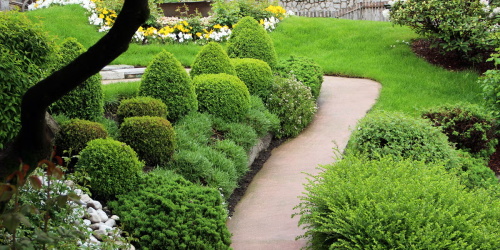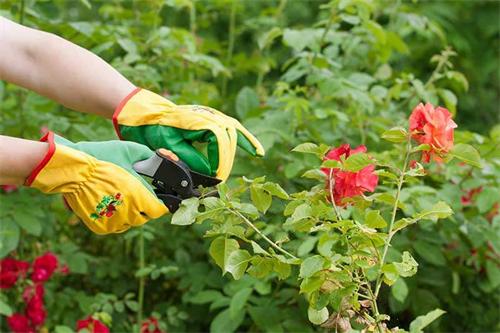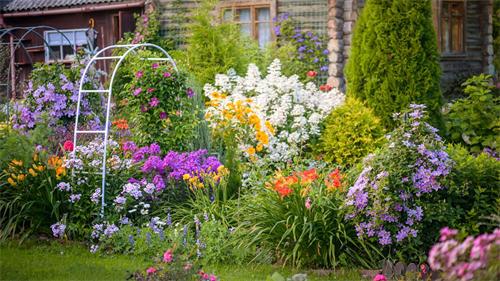
By selecting structural evergreens for reliable green backdrops and pairing them with deciduous specimens that burst into color or reveal striking silhouettes, gardeners can ensure visual interest in spring’s blossoms, summer’s lush foliage, autumn’s fiery hues, and even winter’s sculptural bones. Strategic layering, focal points, and maintenance practices tie these elements together into a cohesive design that charms throughout the calendar.
Evergreens serve as the “bones” of a garden, providing year-round structure and a constant green canvas against which seasonal changes can shine. Deciduous plants, in turn, offer dynamic seasonal flair—spring flowers, lush summer foliage, autumn color, and bare-branch silhouettes that showcase evergreens’ form in winter. Together, they balance permanence and transience, creating gardens that feel alive all year long.
Selecting Your Evergreens
Structural Backbone
Choose evergreen trees and shrubs with varied heights and textures to establish layers. Tall conifers like Leyland Cypress form privacy screens, while broadleaf evergreens such as Boxwood lend formal hedging and year-round color. For low-maintenance groundcover, options like Creeping Germander and Veronica ‘Georgia Blue’ provide foliage interest without overt competition with taller plants.
Biodiversity and Wildlife Benefits
Many evergreens produce berries or dense foliage that shelters birds and beneficial insects through winter. Holly varieties not only maintain glossy leaves but also generate bright red berries, inviting wildlife and adding seasonal punctuation to the winter landscape.
Choosing Deciduous Companions
Seasonal Highlights
Integrate flowering trees and shrubs—such as Acer campestre for spring color or Crepe Myrtle for summer blooms—placed in front of evergreen backdrops to maximize contrast and visibility. For autumn drama, consider species like Cotinus coggygria (‘Smoke Bush’) whose deep purple foliage pops against evergreens’ green.
Winter Silhouettes
As leaves fall, deciduous branches reveal sculptural forms that become living art framed by evergreens. Selecting species with interesting bark (e.g., Betula ‘Jacquemontii’) or distinctive branching patterns adds winter structure and visual intrigue.
Design Strategies for Year-Round Interest
Layering and Placement
Start with tall evergreens at the rear of beds, mid-height deciduous trees or shrubs in the middle, and lower perennials or groundcovers up front. This “cake and frosting” approach ensures that each layer supports the next, with evergreens forming the foundation and seasonal plants providing the decorative accents.
Focal Points and Repetition
Use specimen trees or colorful shrubs as focal points amid the evergreen matrix. Repeat key plants in drifts to create rhythm and unity across the landscape.
Maintenance Tips
● Watering & Mulching: Keep newly planted evergreens and deciduous trees well-watered until established. Mulch to conserve moisture, suppress weeds, and moderate soil temperature.
● Pruning: Prune evergreen trees in late winter and deciduous trees in early spring to maintain health and shape.
● Soil & Fertilization: Test soil pH and amend as needed. Light, balanced fertilization supports growth without encouraging excessive foliage that may overshadow design balance.
By artfully blending evergreen structure with the seasonal drama of deciduous plants, gardeners can achieve lush spring blossoms, verdant summer retreats, fiery autumn displays, and sculptural winter interest. This harmonious pairing not only elevates aesthetic appeal but also enriches biodiversity and garden resilience, ensuring that every visit to the garden reveals something new, no matter the season.
Recommend:

Finding Magic in Cappadocia: Choosing the Perfect Time to Visit

A Taste of Paradise: The Four Seasons Resort Bora Bora

Shielding Your Roses: Proactive Strategies to Halt Disease in Its Tracks

Vibrant Gardens Await: Mastering Color-Blocked Perennial Flowerbed Design

